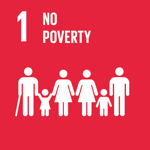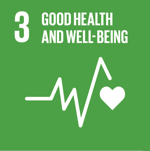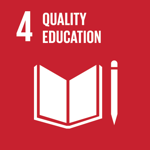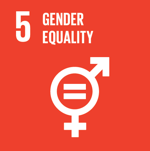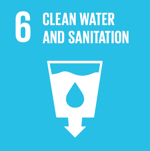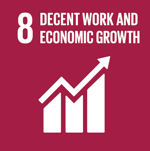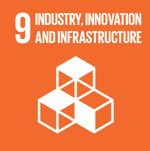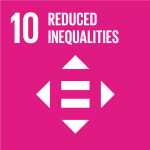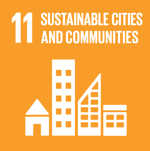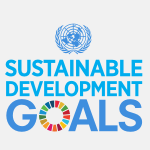Quality Education


Home » Quality Education » SDG 4-Teaching Children – Protecting Health
SDG 4- Teaching Children - Protecting Health
This week, Israel’s 2020-21 school year introduced its approximately 2.4 million students to a new learning reality under the shadow of the COVID19 pandemic. With all schools opening – except in towns characterized by particularly higher infection rates – the dual goal is clear: advancing education while protecting health.
The effort will rely on a number of adaptations: from smaller classes in the lower grades (and the requisite addition of teaching staff for this purpose) to remote learning for older students. As anticipated here during the initial outbreak, the latter will be vital to realizing these objectives.
It won’t be easy. As the Education Minister himself admitted recently, Israel is significantly behind other advanced countries when it comes to remote-learning infrastructure.
According to Israel’s Central Bureau of Statistics, 11% of Jewish Israeli homes do not have a computer; the figure for the Arab population is more than double, at 29%. In socio-economic terms, only 45% in the lowest decile have a computer.
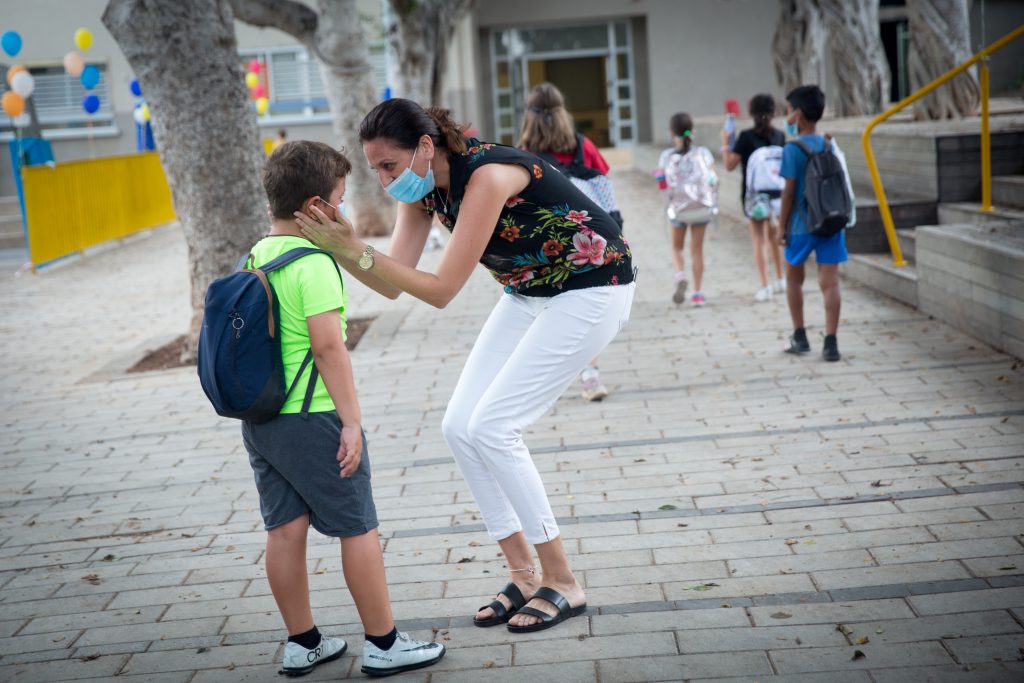

Focusing efforts on the lower deciles, the Education Ministry is moving forward on a number of levels: from purchasing 144,000 computers (the approximate short-fall) – 50,000 of which should be distributed in the coming weeks – to installing broadcast equipment in 3,600 schools. In addition, 1,600 schools not yet computerized will be provided with the necessary equipment; another 2,000 will have their capabilities upgraded.
In addition to school-owned computers to be borrowed for home study, classes are to be provided with their own computers equipped with high-speed connection and access to advanced educational programs (including those designed to help teachers monitor student progress). Preparations are also being made to meet the remote-learning requirements of an estimated 5,200 additional schools whose needs may not emerge in the first instance.
Meanwhile, some 50,000 education staff have undergone training for remote instruction; about 2,500 schools will provide teachers with 30 training hours.
In an effort to help alleviate the computer challenge, three Israeli organizations – the “Amal” educational network jointly with the NGOs “Achinoam” and “Pitchon Lev” – last month launched a used computer collection campaign in which the devices are upgraded and/or repaired as necessary and then conveyed to needy students.
In another aspect of the new school year opening, special education instruction – with its smaller-size classes – is expected to operate fully. As noted here at the time, during the previous school year this framework was the first to return to relative normalcy after schools shut down in March due to the initial outbreak.
Similar to other countries, trepidation abounds in Israel over reopening schools before a significant decline in infection rates; at the same time, the measure dovetails with a commitment to advancing SDGs 4 (Quality Education) and 10 (Reduced Inequality). Time will tell if precautions such as masks, social distancing and remote learning will help achieve the dual goal of advancing education while protecting health.
Related articles
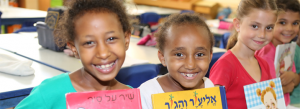

SDG 4- ICEI Teaching the Love of Reading and Learning
Quality Education SDG 4-ICEI Teaching the Love of Reading and Learning It’s a breath of fresh air to hear any child say “I love to
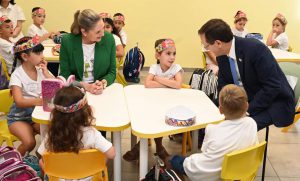

SDG 4 – School’s In
Quality Education SDG 4 – School’s In It’s that time of year again: first graders eager to start school; parents exhausted from the summer vacation;


SDG 4- Revolutionizing Education with University of the People
Quality Education SDG 4- Revolutionizing Education with University of the People Nelson Mandela once said, “Education is the most powerful weapon which you can use

